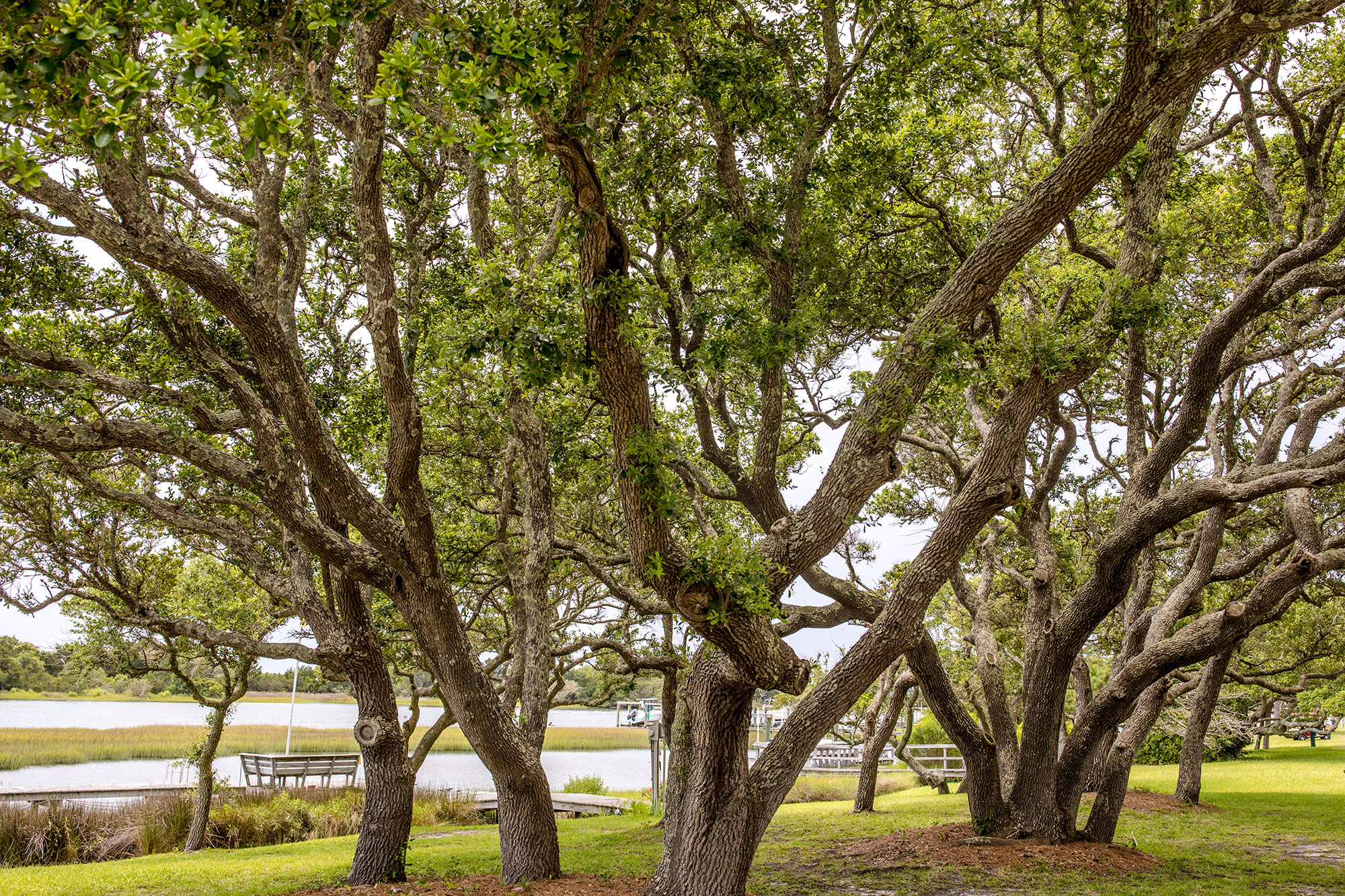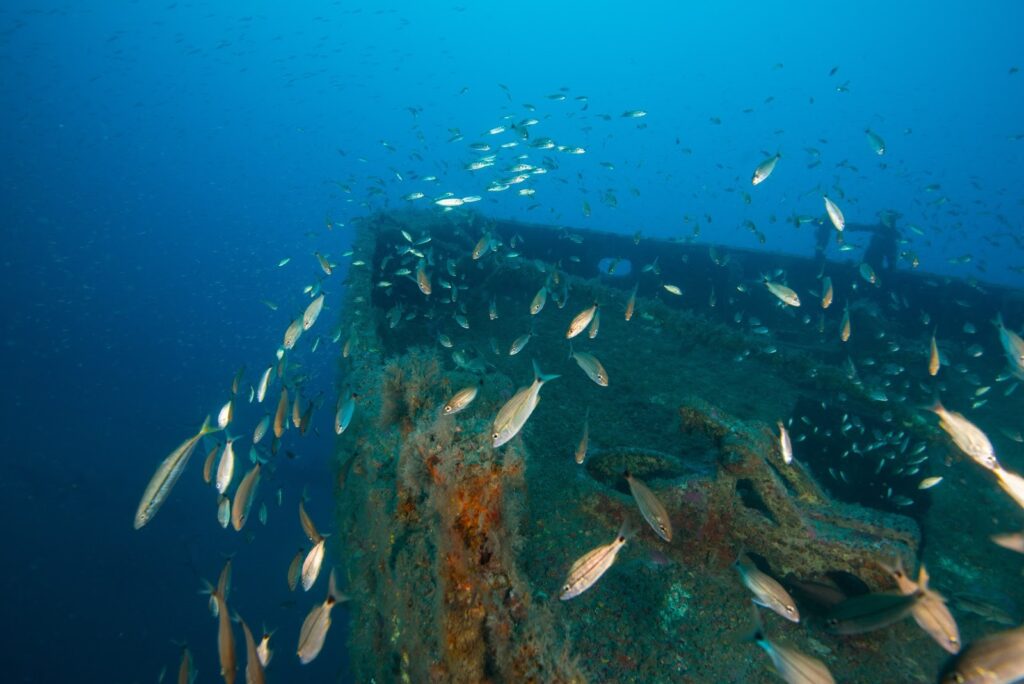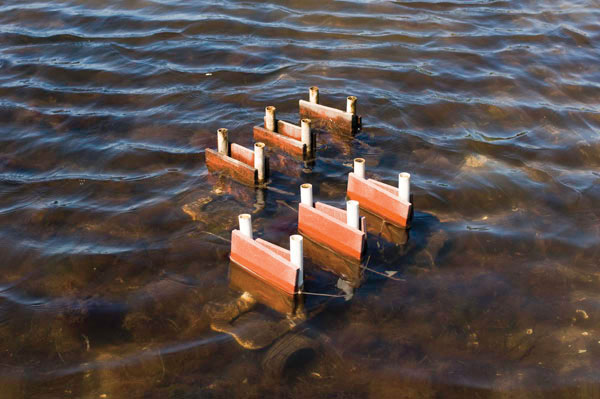Branching Out: Sustainability Series Broadens

This article was published in the Spring 2011 issue of Coastwatch.
Individual trees are often the subject of poetry and legend, family memories and community pride.
A landscape of trees and other plants not only provides a “sense of place,” but it also offers so much more, according to North Carolina Sea Grant’s Gloria Putnam.
For example, large trees may provide shade, while the roots help stabilize the soil. “These are positive factors on a large scale or a small scale. Even a single landowner can make a difference by planting a tree,” explains Putnam, a water quality planning specialist who works with communities and agencies.
During “growth strategies” training sessions in the coastal region recent years, many local officials have asked about tree ordinances in addition to land-use planning and other tools to preserve and/or improve water quality.
“People are beginning to think in a more holistic manner,” Putnam notes. “There is a shift in the paradigm.”
Thus, for a workshop with community officials this fall, Putnam will offer a new set of “Trees & Plants” fact sheets as part of Sea Grant’s Sustainability Series.
“A primary component of sustainability is protecting and increasing vegetation. There are so many benefits from plants — especially trees,” she explains. For example:
- Energy conservation, as a canopy of leaves provides natural cooling.
- Air quality, as trees produce oxygen that humans breathe in.
- Water quality, as roots hold soil rather than allow it to erode in heavy rainfall.
- Wildlife, as animals move through natural corridors.
The new series of fact sheets includes an overview of “Benefits to the Community,” which can be lifted from the center of this magazine.
Also, a glossary describes terms that come up in various discussions regarding preservation of trees and plants during land planning or development.
A third fact sheet includes examples of what some communities have done to increase or protect vegetation in their jurisdiction, and also offers links for various online resources for communities and individuals.
“This list is not exhaustive,” Putnam says. “But we wanted to point people to a range of information, tools and training: from conducting a community tree inventory to pursuing protections for forested lands.”
The series has been included with a “Green Tool Box” training program offered by the N.C. Wildlife Resources Commission. Other partners will use the series materials as well.
“These fact sheets include great information on economic and environmental benefits — making a strong case for how local governments can promote and embrace tree and plant programs in their communities,” explains Lauren Kolodij of the N.C. Coastal Federation. She has been a lead partner with Putnam and others in organizing the growth strategies sessions since 2008.
The 2011 course will be offered in coordination with “Plan It East,” a new group focused on sustainable growth and conservation planning in Carteret, Craven, Duplin, Jones, Lenoir, Onslow, Pamlico, Pender and Wayne counties. Plan It East grew out of the Military Growth Task Force within North Carolina’s Eastern Region.
To download The Sustainability Series, go to: www.ncseagrant.org and search for “sustainability.”
For details on the fall workshop, check the North Carolina Sea Grant online calendar in the coming months. Or contact Gloria Putnam, gloria_putnam@ncsu.edu.
This article was published in the Spring 2011 issue of Coastwatch.
For contact information and reprint requests, visit ncseagrant.ncsu.edu/coastwatch/contact/.
- Categories:


